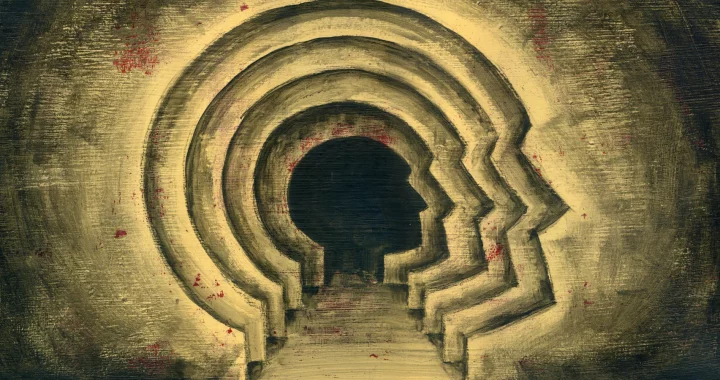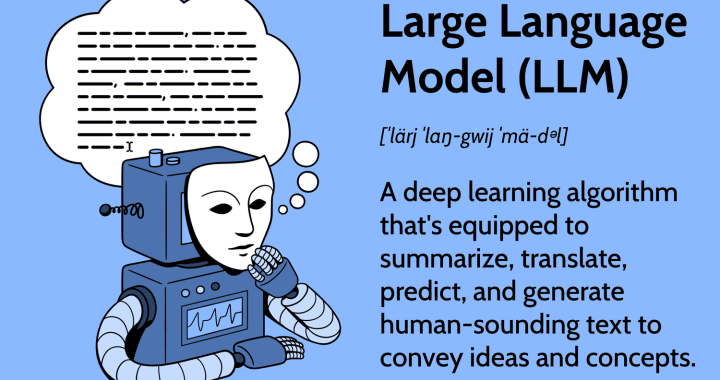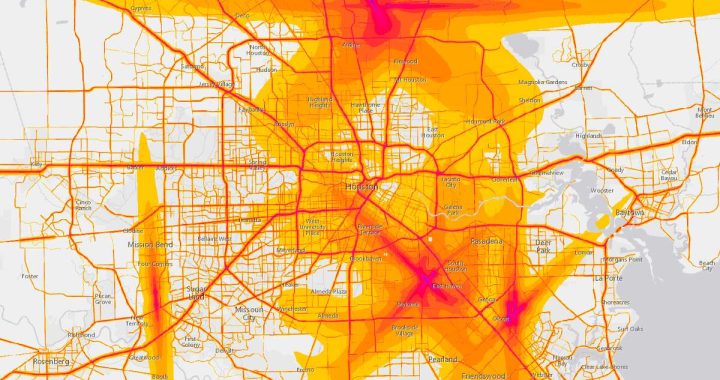THEN, we continue. But not before adding that the once tight thread of the book unraveled for me near the end. I enjoyed the first half. And there are two fascinating chapters in the second half, about brains betwixt lovers, plus addiction. But the in-between was shrouded in the misty language of the new age. And that’s not even the worst part. The book becomes repetitive. Meanwhile, my brow stiffened every time I frowned or wondered why the Doctor felt moved to hypnotize me with her conclusion (for 100 pages, over and over): that the Holy Grail lies within Character 4, lies within the 4, the 4 . . . 4, 4, 4. To read Dr Taylor praises Character 4 is to watch her meander around a glade, saying, “There’s a tree right here; no one can see it, but it is! Trust me, I am (/was) a scientist!”
Table the metaphor. What I mean is Dr Taylor made it her mission to promote experiential living. Nothing wrong with a little more prefrontal right brain thinking. The problem is, as mentioned earlier, she likens it to Jung’s Self. Now I like Jung. And I will deeply consider what anyone says when referencing him.
But from my reading, and from any Google Image search you desire, Jung’s Self is the center of a person. That is what makes the Self so special: it is the spring, the source, the root of our personality. As such, self-actualization involves digging down to that core, to salvage our spiritual ore. Yet Dr Taylor overreaches when she strives to pin this metaphysical realm in a fleshy quadrant of the brain, deploying words such as “honor,” “intention,” “heart,” and all kinds of alliteration to turn us on. In a second I will answer her questions, thus close this mini-series of reflections. However, not before sharing how Jill Bolte Taylor triggered my limbic system — to borrow her neural-anatomical language.
Character 4 is a quarter of the brain, even according to Dr Taylor. Albeit, a spiritually rich one. Even Michio Kaku, in this video, credits left-side brain damage for genius. That is, the best mathematicians (abstract thinkers) have engorged right hemispheres. Align this with the Dr’s own story, and we see a correlation, no? So there is treasure to be found deep within the cave of our right-side. Still, I resist her relentless, implacable position that posits all evil and self-loathing solely on our left side. To me, we need all four (a “brain huddle” she calls it). So why marry Character 4?
Especially at the expense of our left-side, which she comes off saying. Allegedly, all craving, lying, stealing, separating, and self destruction rests at the feet of our left hemisphere. Word? Why not lump the patriarchy, bigotry, nuclear armament, and hold music in there, too? It just seems unfair that our right side should get to fire its neurons with impunity, while our left side has been hard at work keeping us alive. Surely the Dr would not have survived two days alone, her brain hemorrhaging, had not a left-brainer rescued her from that blissful nirvana-state. They say the Buddha rejected absolute enlightenment, to teach humanity the eight fold path. In this book we see the Dr grace us with similar magnanimity.
And yet, something doesn’t feel right. Maybe it is because she spends too many pages, peppered with some science and loads of left brain languaging, to communicate the message that our left brain exists only to crunch numbers and cross off bullets on our to-do lists.
This may be an insignificant point, even a ‘nerdy’ one, as Ela pointed out while I was complaining. Nevertheless, in her crusade against the evil of our left brain, I cannot ignore other scientists. Earlier this month, I cited this video for a research paper for a paper in my experimental phonetics course. In it, data demonstrates that bilingual babies show parallel brain activity as their bilingual parents when processing language. Thus it would appear that the entirety of our brain is active. This goes against what Dr Taylor boldly claims, that as infants we live our little baby lives exclusively in our right brain: the basis of her argument being that the left brain is a misguided adult aberration; consequently, we must return to the original state of right-brain baby bliss.
All this, to me, just comes off as if the Doctor has an axe to grind. But voiced in a very gentle, sweet way, for sure. Call it a candy cane axe.
Or . . . I am being miserable on Christmas! It must be, again, my triggered limbic system. Honestly, the book is called WHOLE BRAIN living; not RIGHT BRAIN living. In the end, I did finish the book with more than a little gratitude. A generous reading would argue that “We already default to our overdeveloped left side. That is why reaching in the back of the pantry, to grab some Character 3 honey and some Character 4 candles might just take our 1 and 2 / bread and butter breakfast game to another level.” I just wouldn’t go so far as to eat the candles.
If metaphors keep cropping up, blame it on my Character 4.
Character 4
1. Do you recognize your Character 4? Pause for a moment and imagine yourself being this part of yourself.
YES! It may even be the part of the brain that was all four characters to be valued equally. That is this quadrant’s purpose anyway. To synthesize. To join.
2. What does Character 4 feel like inside of your body?
It feels like a radiating Buddha smile. Equanimity. As if, no matter what is going on outside, it belongs to me, and I to it.
3. What if you don’t recognize this character inside of you?
Life becomes a series of tasks to complete (character 1), stresses to worry about (2), and impulses to carry us from one vice to the next (3).
4. Assuming you can identity your right-brain thinking Character 4, how do you let this character express itself?
As a force of gratitude; an anchor; that thought I can always return to, “This was meant to be” which means either “It is within my power to turn my life around” or “Sweet!”
5. As you think about your right-brain thinking Character 4, can you assign it an appropriate name?
Om.
6. Who are some of the Character 4s who have influenced you over the course of your life?
My mother. She emboldens me to pursue writing and teaching. (She even got me this book; not sure why I didn’t come clean in the first post; I’ll ask my Character 1 later today.)
7. Who in your life appreciates, cares for, identifies with, and wants to hang out with your Character 4?
I think I like myself the most when I am acting/feeling my Om.
8. Who in your life does not get along with your Character 4?
Not sure. I don’t really put this part of my out there that much, except in my most scatological writing. In that sense, I recall my most attentive, caring, and hungry readers.
9. What kind of parent, partner, or friend is your Character 4?
A sort of Marcus Aurelius philosopher king, who knows he was not the first, and that I will not be the last.
10. How kind is the relationship inside your head between your characters?
After reading this book, I would say much better.




